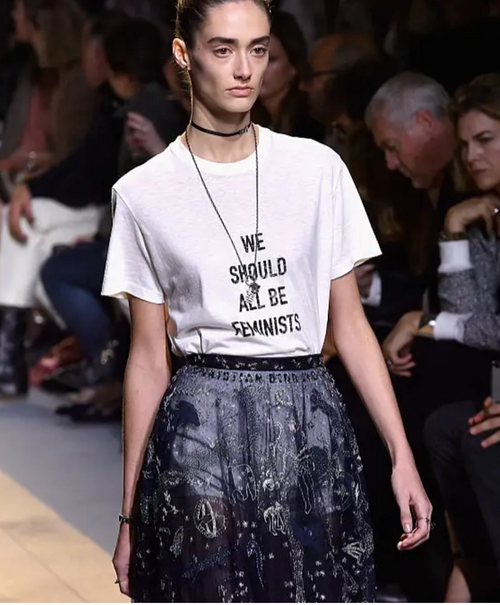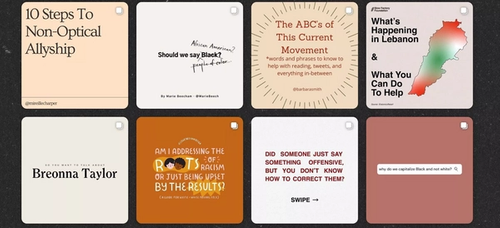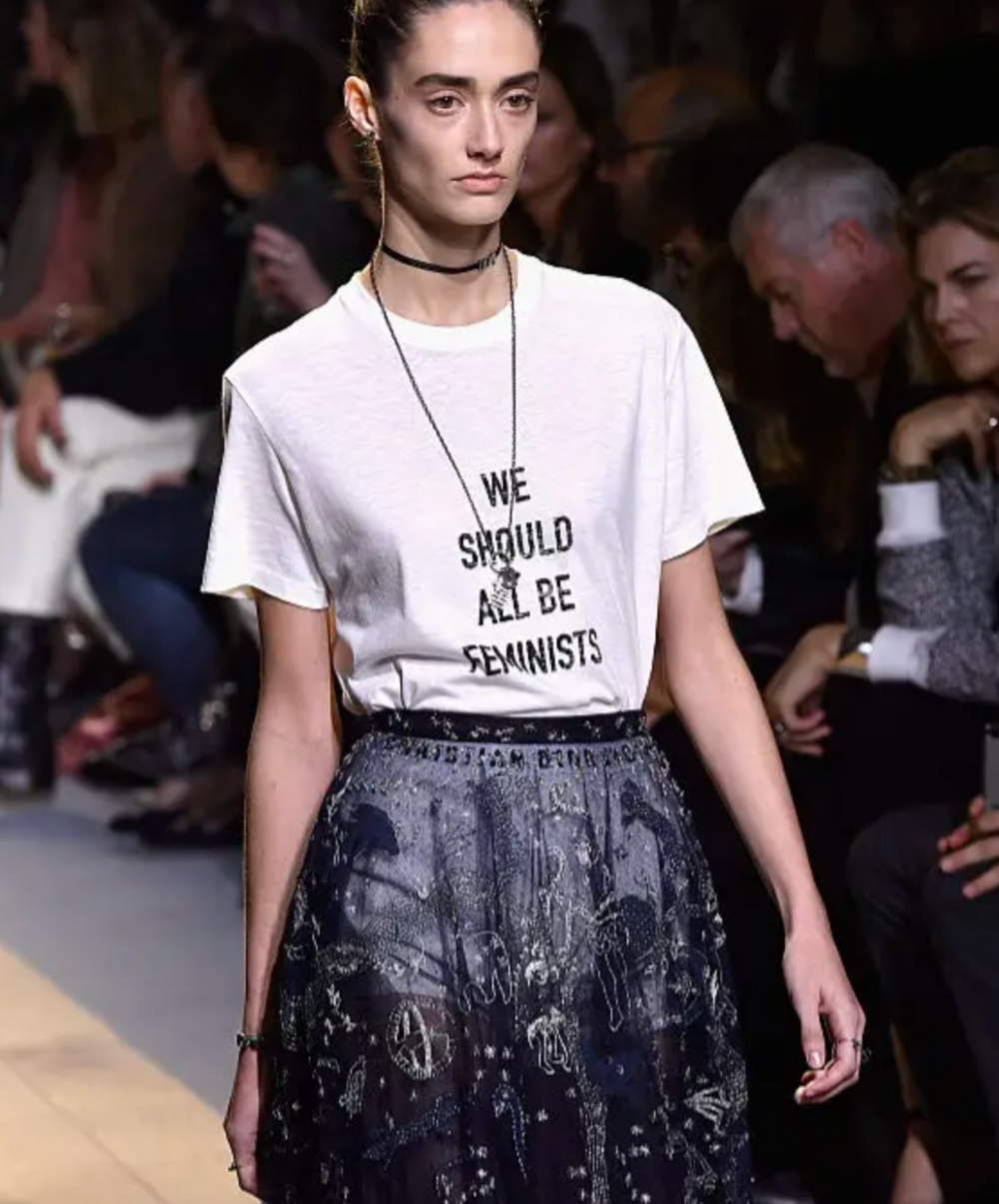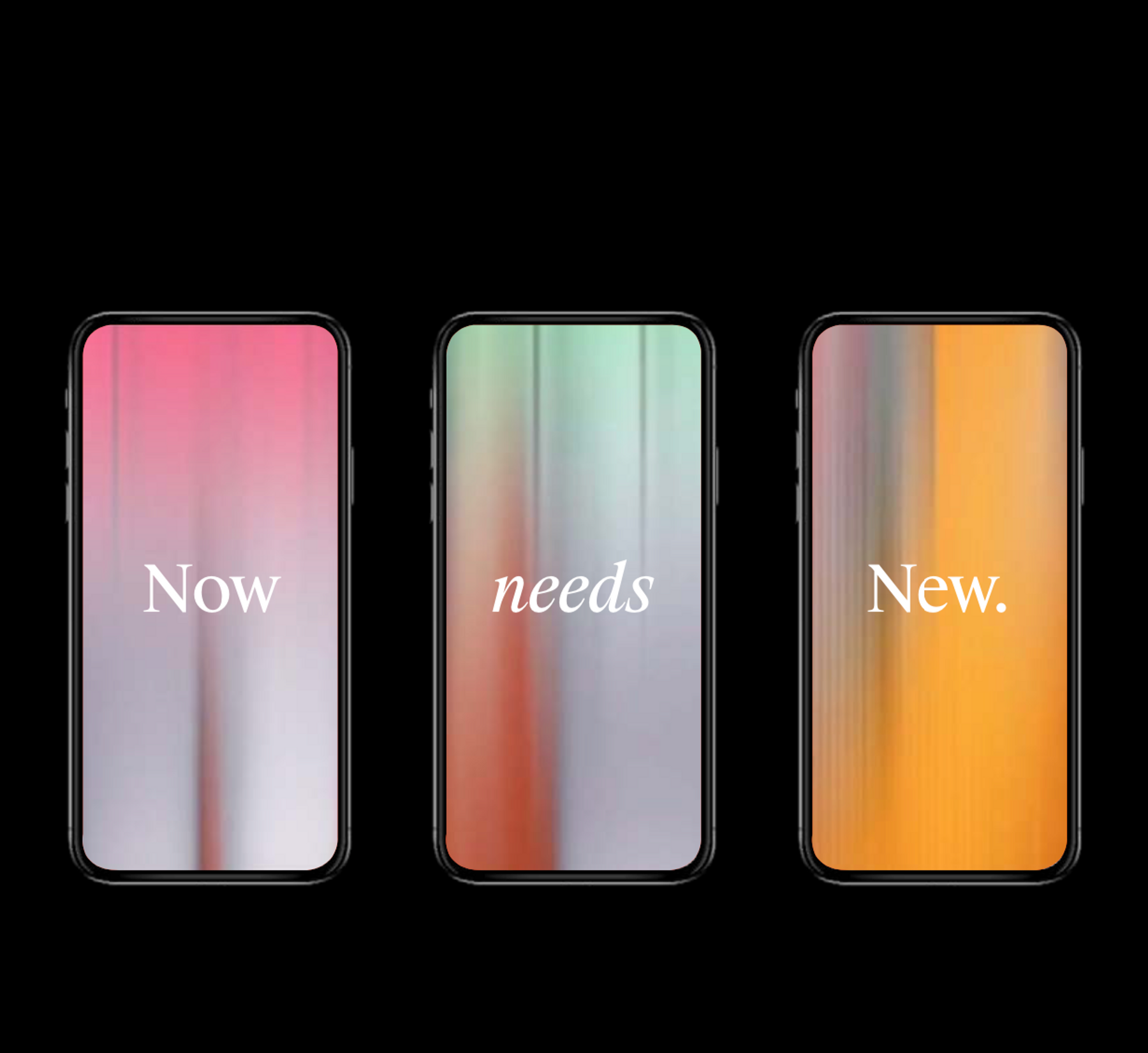On brands knowing you buy things that make you feel like a better person.
In a gross oversimplification of years of pedagogy and theorizing, Jean Baudrillard found that Marxism wasn’t quite enough to critique capitalism – and so he wrote “The Mirror of Production.”
In this work, he explores the idea of “symbolic value.”
At one point in history (read: the evolution of capitalism) the value of a good was essentially tied to the purpose or utility an object had and the labor that went into producing it. As time (and advertising) evolved, objects began to take on symbolic value - essentially, a set of signifiers that the consumer hoped to then take on by engaging with a brand.
Essentially? Ads used to just show you what a product did and what the benefits were, then ads began to show you how products could make you feel, until one day – ads showed you who you could become through your consumption patterns. And now, more than ever, as enforced by social media, brands are deeply invested in you joining their communities and “cults.”
That’s the magic of Glossier, Fenty Beauty, [and insert celebrity brand here] after all. It’s the magic of the cult of the founder – from Outdoor Voice’s Ty Haney and “doing things,” to the acolytes that fall at Elon Musk’s every tweet. As long as you have strong opinions that seemingly shake an existing paradigm, you have space to be heard and become incredibly successful.
The objects and brands that follow are thus quite obvious.
Want to show that you care about your health, but also design? Buy a Mirror. Want to show you care about the planet, but also luxury? Why not a Tesla? Want to show you are “in"? No better time than now to buy a Telfar bag.
Consumers build intimate taste networks and bubbles of symbols that are meaningful to them, and then engage with the sets of brands and individuals that cater to this ever-narrowing set of aesthetic preferences and symbolic values.
The new value I want to explore (particularly in the ways brands exploit it) is thoughtless “wokeness.”

It’s cyclical. Time and time again, radical politics are subsumed into the mainstream, co-opted by corporations, and flattened into a shadow of their former selves. While broader acceptance and representation are positive, we have to be critical about who these “progressive” statements are ultimately serving, and what they uphold. Is Dow truly woke?

A $700 shirt in the name of feminism feels a little…gauche.
Social media only adds to it - we all want to look like we’re doing the right thing, consuming the right products, posting the perfect statement. Wokeness is a personal brand, and often not much more.
If progress appears to be symbolic and merely illusory, it’s not true progress. It’s a tired, destructive paradigm that upholds old power structures in new drapings. And for a while, that illusion worked; to some degree, it still does. However, the trouble with illusion is that illusions are eventually shattered.

To find real meaning, it’s time we followed the money – because the money always shows us what an organization finds meaningful and worthy of investment.
This summer we saw a reckoning around racial justice, diversity, inclusion, and equity. For years, brands that hid behind tokenism, an aura of cultivated cool, and a meticulously breezy ethos had their feet held to the fire over how they have treated employees internally, to how they have treated external collaborators. Many brands took the route of the symbolic gesture and caught deserved flak.
After performative allyship was no longer the aesthetic of the day, brands, influencers, and consumers marched on as usual. The norm, the illusion, is comfortable. Progress isn’t strictly linear, but for progress to happen, action must be continued, and with action and progress comes risk.
Purpose was a sexy marketing strategy, led by years of presentations that said “Insight: Consumers Want Brands With Purpose.”
Purpose must begin to mean something.
Even publications have jumped on the bandwagon, using buzzwords like “hope” and “solidarity” to sell more ads — as if promoting luxury labels could help bring about economic and social equality. And it’s not only greenwashing and pseudo-inclusivity we have to be worried about. As our access to consumer goods and the online images that promote them expands, our ability to distinguish between cultural trends, luxury, and mass consumerism, decreases — enabling corporations to sell the promise of accessibility, without making any changes at all.
– Taylor Scarabelli, “New Gods” 1MOQ.
Building meaningful purpose involves more than incremental, symbolic gestures. It goes beyond listening and learning. It goes far beyond a pastel background with a tasteful sans serif, with a statement carefully vetted by PR.
It means taking action to reduce harm and elevate voices, to build actual change into the ways you work. It means that you create a new sustainable line, but you also work to change the way the bulk of your business operates. It means investment in talent, in social good, in more equitable hiring and manufacturing practices. If you do a campaign about women + social good, but treat the women within your organization poorly, it undoes any good you’ve created. Inner actions and values must match outward gestures.
Consumers are going to continue to buy things that make them look smarter, richer, and woker – but to do good means starting with your heart and actions in the right place.
And that’s how you create meaningful value.
Are you in?
Until next time,
Nikita
P.S. This is in no way meant to stand as a complete guide to brand purpose or even symbolic value. It’s just a selection of my 8.56 PM (at the time of writing) musings.
P.P.S I could really write a book on this.



